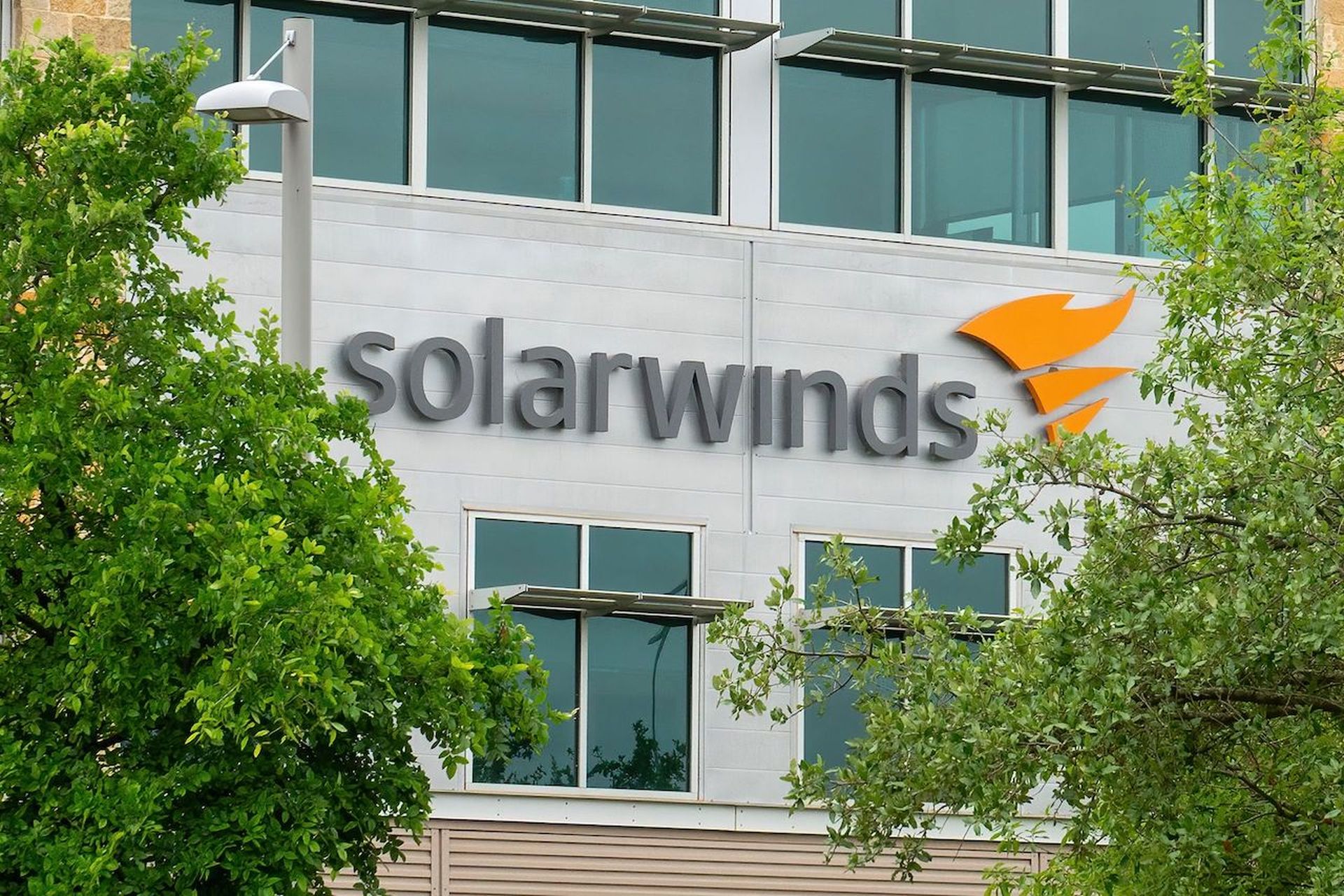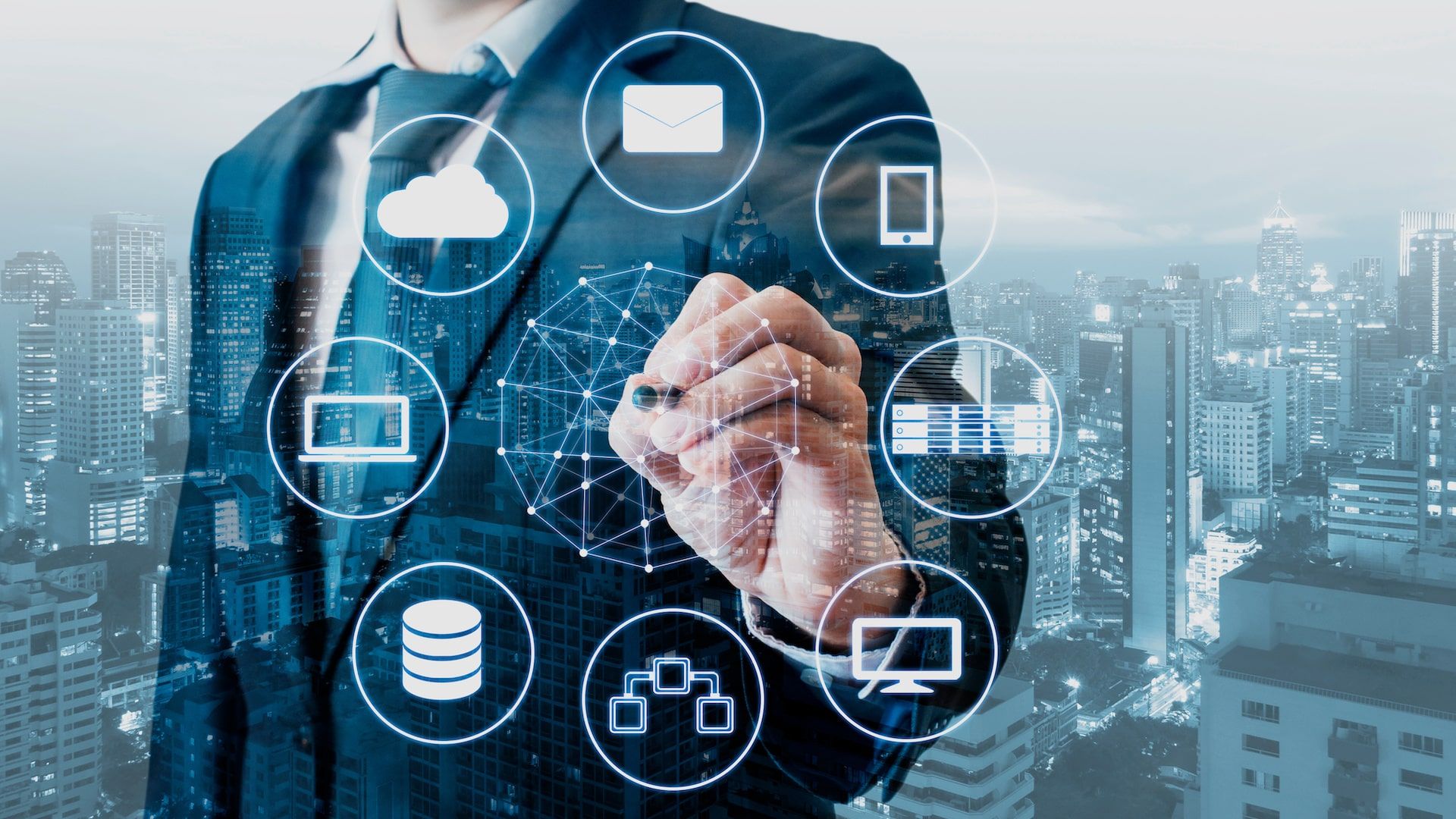As the coronavirus pandemic forces face-to-face conference cancellations, the stampede toward virtual conferences and online summits continues. The result, I suspect, is going to be a mixed bag of content and inconsistent outcomes for event organizers, sponsors and attendees.
No doubt, virtual events have their place in the technology industry. But I'm partial to simple webcasts with one hour or less of prepared content -- coupled with healthy attendee interaction. (Here are examples from ChannelE2E and MSSP Alert.)
In many cases, longer digital events can become unwieldy. And frankly: Conference organizers should not position, promote or develop their virtual events as "replacements" for their cancelled multi-day gatherings. Instead, it's important to treat the virtual event as something new, something unique, and something that's both informative and concise.
Yes, concise.
Where Virtual Events Fall Down
Let's be clear. Here's what virtual events can't deliver compared to their on-site counterparts.
Where Virtual Events Stand Tall
Still, there's a need for virtual gatherings -- especially as channel partners seek to understand how they can march forward through the pandemic. And there's plenty to like about virtual events and online conferences -- if they're planned and executed correctly.
So how do you get started? First, don't make lead generation your primary goal. Instead, your top goal should involve generating compelling, educational content that delivers value. Your partners will love you and remember you for that education-first approach.
Also, don't try to fork-lift all of your face-to-face event sessions into the online world. Instead, deliver far fewer sessions (and more interaction) online. Go with an extremely simple, predictable agenda where every session starts at the top of the hour. And knock down the virtual wall between your company and your attendees during every session.
I recommend keeping virtual events to an hour or less. But if you're absolutely fixated on a longer format, stick with a half-day or less. And if you absolutely insist on a multi-day online gathering, here's a potential flow that may work...
Virtual Event Day One: Big Picture -- Business & Technology
1:00 p.m. -- The Opening CEO Keynote - State of Business
2:00 p.m. -- The CTO Keynote -- State of Technology
3:00 p.m. -- The Channel Chief Keynote -- State of the Partner
Virtual Event Day Two: Technology Deep Dive
Before you proceed please ask yourself: Is a second day really necessary? Really? If so...
1:00 p.m. -- Overall Product Roadmap
2:00 p.m. -- Killer Product Demo One
3:00 p.m. -- Killer Product Demo Two
Virtual Event Day Three: Sales and Marketing
Before you proceed please ask yourself: Is a third day truly necessary? Do you actually have the speakers and content to pull off yet another day? If so...
1:00 p.m. -- Overall Sales Strategies
2:00 p.m. -- Overall Marketing Strategies
3:00 p.m. -- Expanded Q&A -- Ask the Host Anything
Virtual Events: Closing Thoughts
Will I attend "extended" virtual conferences and digital summits that "replace" on-site events? In most cases, I won't. Other than tuning in the CEO keynote and grabbing some one-on-one interviews with the executive team, I don't see much value in a multi-day online engagement.
Alas, I think most vendors will fall into the lead generation and sponsor trap -- making sales leads and revenue generation their top digital event goals.
Still, a few great vendors will focus first on great content that inspires partners to build more successful businesses. I look forward to hearing about those winners.
Bottom line: Virtual events are not a replacement for face to face events. The sooner vendors and partners embrace that truth, the sooner we'll see higher quality, unique digital gatherings that stand the test of time in the IT channel.




